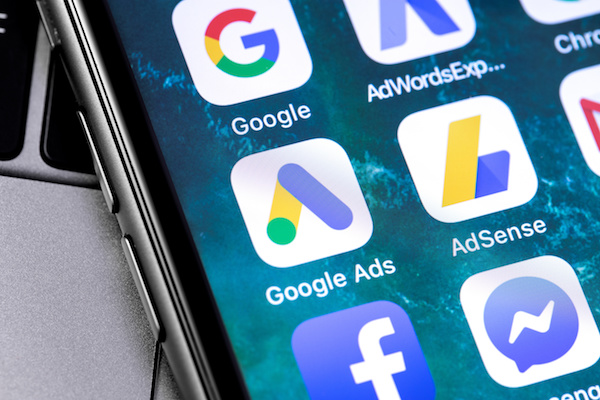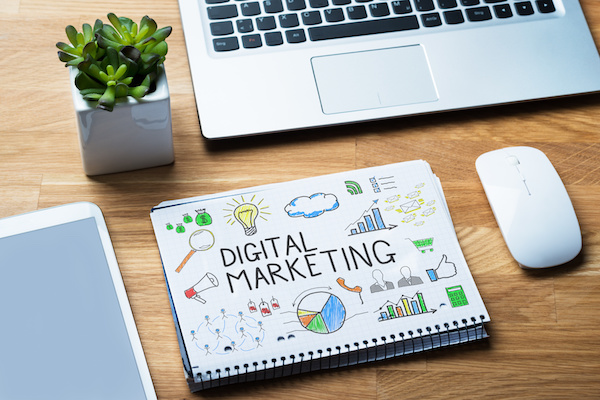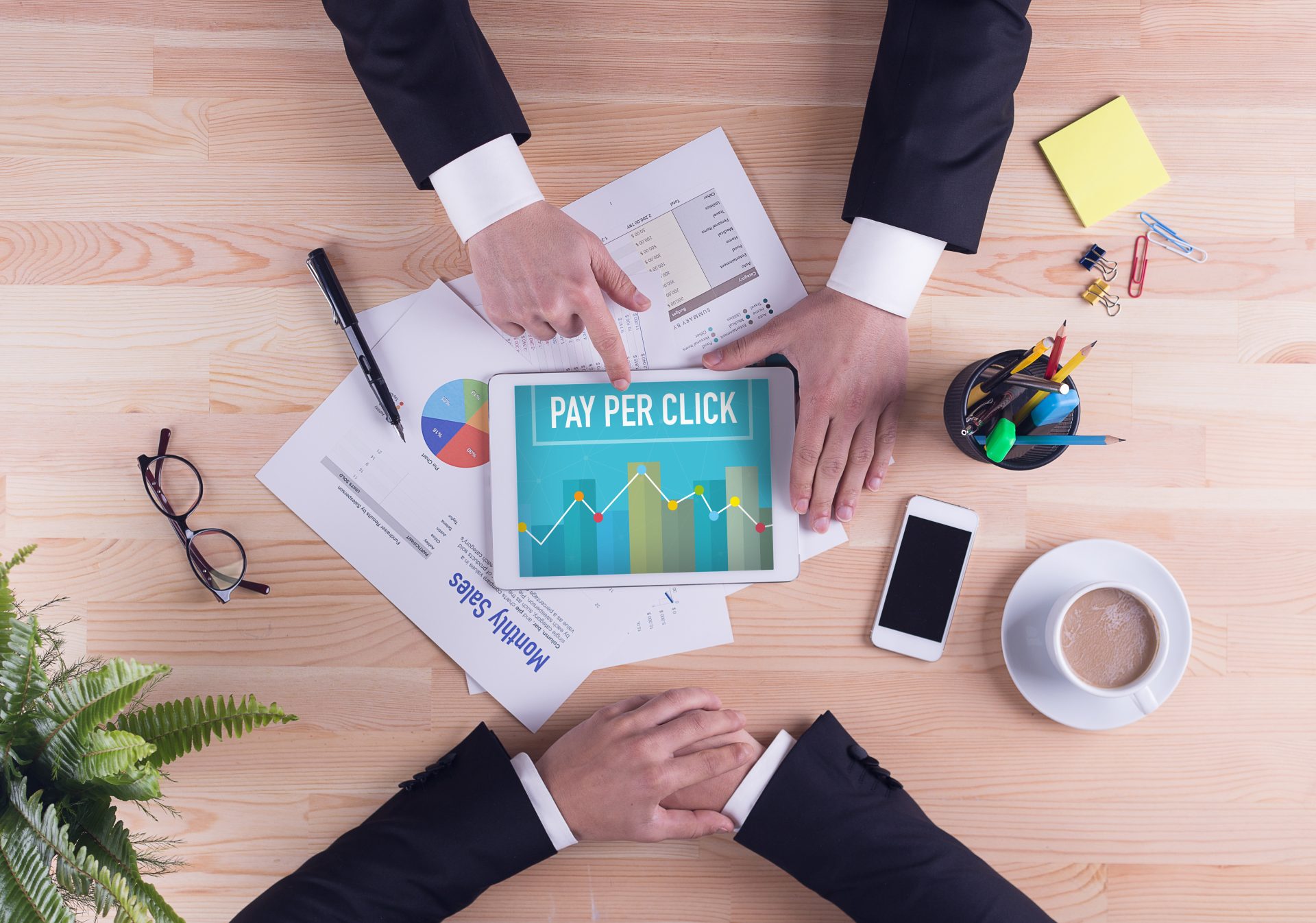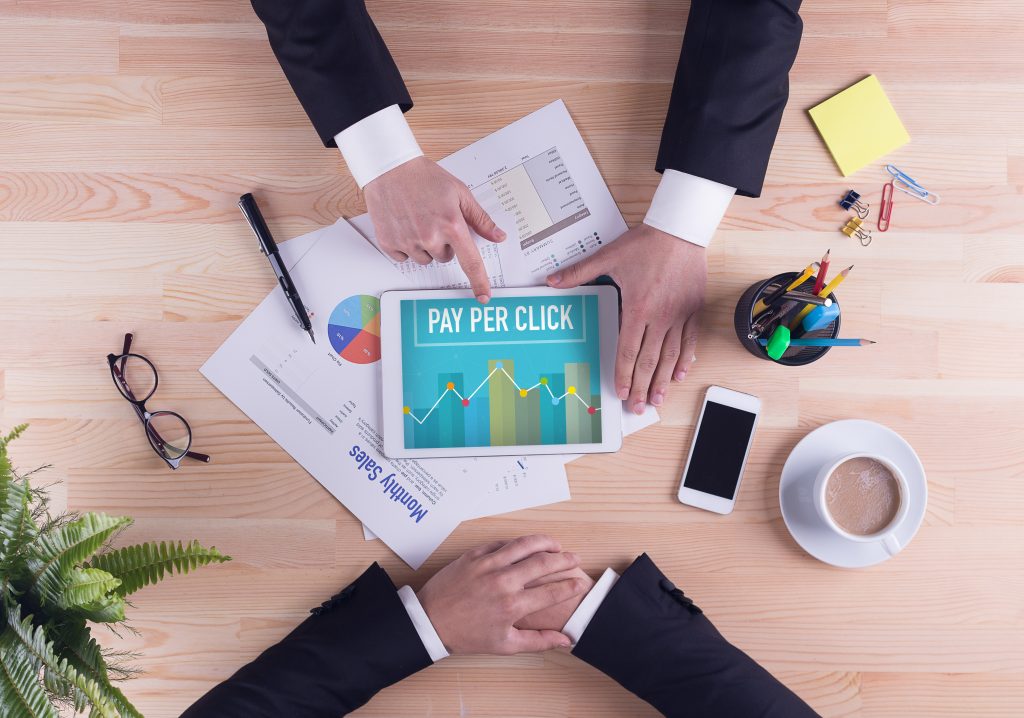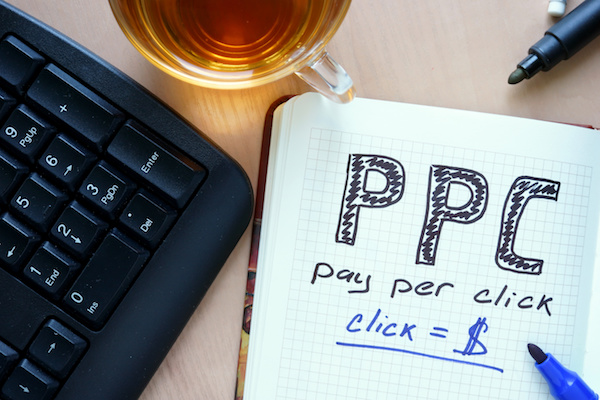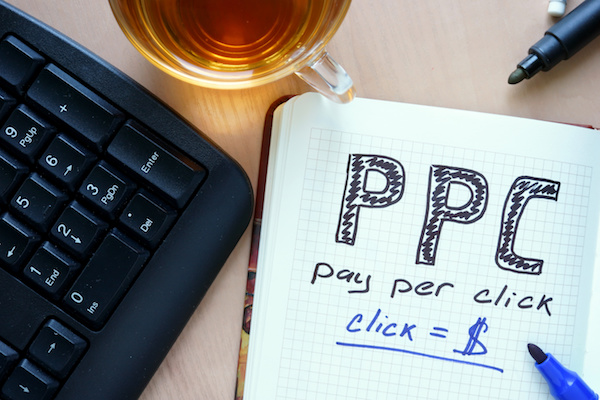
The world is facing some very unprecedented challenges with COVID-19 spreading at an exponential rate. While regulations have made operations difficult for many businesses, others are thriving off of stay-at-home orders. So, if your business hasn’t managed to do better amid lockdown measures, perhaps you need to evolve how you’re conducting your digital marketing strategies and double down by making some adjustments? Below are some ways we suggest that you can strengthen your commitment to your brand and the needs of your customers moving forward.
Keep up with your online presence
Since we’re all back to spending more time at home amid the second wave, the number of hours the average person is allocating online has drastically increased once again, and so has your opportunity to connect with your target audience!
While consumers are partially glued to their phones and computers out of routine, they are also spending more time with their devices out of boredom, which means that there’s a higher chance of them connecting to your business through your online efforts. As much as most people don’t want to be reminded about the pandemic, you can use COVID-19 to leverage your content; for example, you can highlight products that help to make their home-bound stay a little better or promote services that can be enjoyed from the safety of their home. Also, while the goal of most digital marketing strategies is to brand, sell, and market your products, community support is crucial during these times. Thus, remember to use your social media platforms as a means to connect and bond with your customers in a meaningful way.
Adjust your content and digital marketing strategies to reflect growing trends
Many aspects of our lives have shifted throughout the pandemic and it remains challenging for businesses to make amendments to their digital marketing strategies when customer’s needs are constantly changing. However, keeping up with societal trends doesn’t need to negatively impact consumer engagement or loyalty. For example, many businesses have revamped their advertising campaigns to spread awareness and understanding about the rules and regulations of our new reality, including illustrations and skits that emphasize handwashing, physical distancing, and masks. Even companies that have been sidelined by the virus (hotels, travel agencies, and airlines) are continuing to build brand awareness through their content!
Consider paid advertising
As mentioned above, 2020 has seen quite an influx in e-commerce browsing and shopping, leading many businesses to shift their focus digitally with the opportunity to invest more in their pay-per-click advertising strategy.
When consumers input a key term into their chosen search engine, paid ads appear at the top of the search list, attracting shoppers to click through based on their higher placement. While businesses have to pay for the ad spot, the efforts it takes to achieve an organic ranking will undoubtedly take more time. Also, the best part about PPC is that the business is only charged when and if a consumer clicks on the ad. However, the cost of which is entirely dependent on the search engine traffic that steams from that said word or phrase. On the other hand, PPC ads are also popular on social media channels and can often be seen in advertisement placement sections when you scroll through your accounts. These ad holes work as a remarketing tool, popping up based on what you’ve searched for in the past, such as things that interest you or some previous purchases you’ve made.
With more people working at home and staying digital, there will be many more opportunities to rework your future digital marketing strategies to better appeal to your growing online audience.
Are there other ways in which you’ve changed up your digital marketing strategy throughout the pandemic? Drop a comment below to compare with other readers.
Alex Wilks has been working as a copywriter and digital marketing strategist since 2018, with added specialties in social media and email marketing. With a Bachelor’s Degree in Journalism and Communication, she is a natural content writer with the ability to connect well with her target audience.

